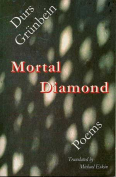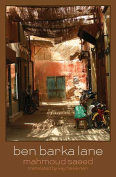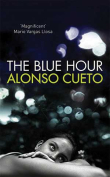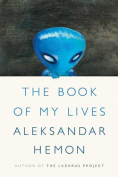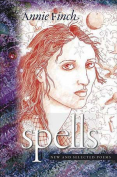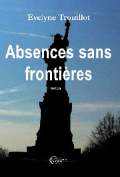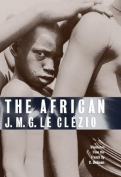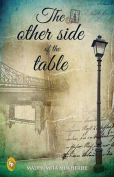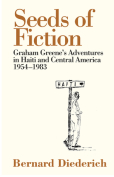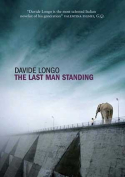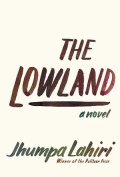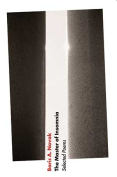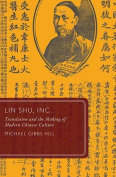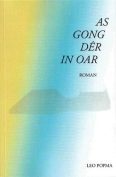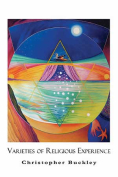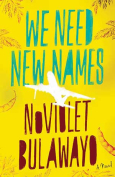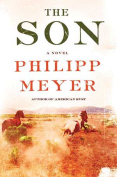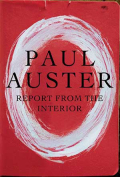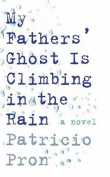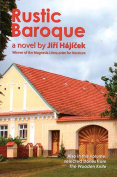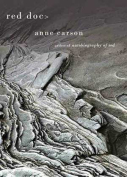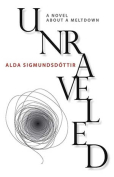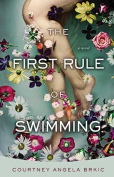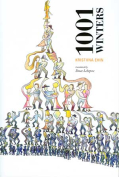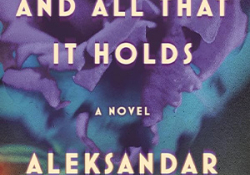The Book of My Lives by Aleksandar Hemon
 New York. Farrar, Straus & Giroux. 2013. ISBN 9780374115739
New York. Farrar, Straus & Giroux. 2013. ISBN 9780374115739
This brilliant essay collection provides sources for earlier works by Aleksandar Hemon, explores identity formation and diasporic doubleness, and investigates Hemon’s writing process. Its title comes from an essay on Hemon’s esteemed literature professor, Nikola Koljević, who became a spokesman for Radovan Karadžić and his ultranationalist murderers. Having written the first chapter of what she called “The Book of My Life,” Koljević’s five-year-old daughter was waiting for “more life to accumulate” before tackling chapter 2. Hemon here riffs on that idea while evoking both his divided selves and their presence in his metafictional texts.
Hemon further problematizes the unstable link between reality and fiction in such essays as “The Kauders Case.” After Hemon created Herr Kauders as the focus of a “historical” chapter in “The Question of Bruno,” some readers wondered if Kauders existed, some believed he was real, and some even corrected his “history.” Hemon concludes: “I don’t know where Herr Kauders might be now. Perhaps he is pulling the strings of fact and fiction, of untruth and truth, somehow making me write stories that I foolishly believe I imagine and invent.”
“The Lives of Others” records Hemon’s toddler trauma at his sister’s birth, his young boy’s sense of a collective Yugoslav identity (soon shattered by ethnic division), the problems of diaspora, society’s enemy-creation, labels as destiny, and how all this bears on the self. The essay thus charts consciousness in a global society that reduces identity to sociopolitical labels.
Many essays examine diaspora, Hemon’s divided self, and the impact of both on his writing: “The displaced person strives for narrative stability—here is my story!—by way of systematic nostalgia.” One essay is a paean to Chicago. In another, his “immigrant interior” begins merging with his “American exterior,” creating “a complicated internal landscape in which stories could be generated.” Back from Sarajevo, where he felt “displaced in a place that was mine,” he finds that “the Chicago I came back to belonged to me. Returning from home, I returned home.”
In several family-focused essays, Hemon’s unique sensibility, earlier expressed frequently in mordant tropes, portrays simple joys with warm humor. From a family adventure-turned-debacle, the Hemons salvage “some makeshift joy.” An essay on “Family Dining” concludes: “The crucial ingredient of the perfect borscht is a large, hungry family.” Reunited in Canada with his family’s dog, Mek, Hemon retrieves large parts of his vanished Sarajevan self when Mek puts his head in his lap: “some of me came back.”
In the last and most powerful essay, “The Aquarium,” Hemon eschews memory and doubleness as he confronts the prolonged illness and horrific death of his infant daughter, to whom he dedicated this collection. He here forsakes mediated irony before the immediacy of death. But his healthy toddler’s creation of an imaginary friend through whom she processes her new experiences finally helps him better understand his own creative process: “I’d needed narrative space to extend myself into; I’d needed more lives. . . . I’d cooked up those avatars in the soup of my ever-changing self.”
Michele Levy
North Carolina A&T University
